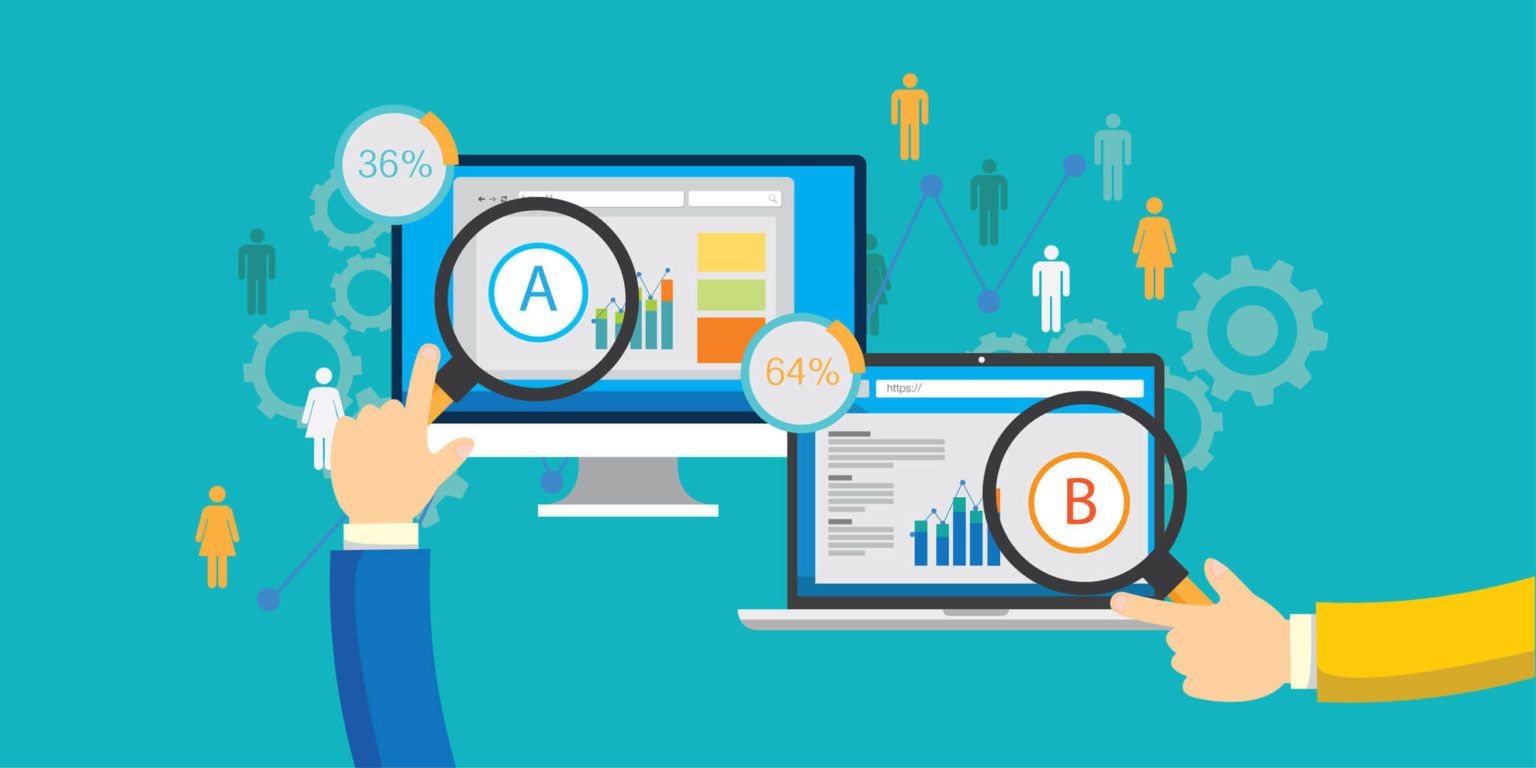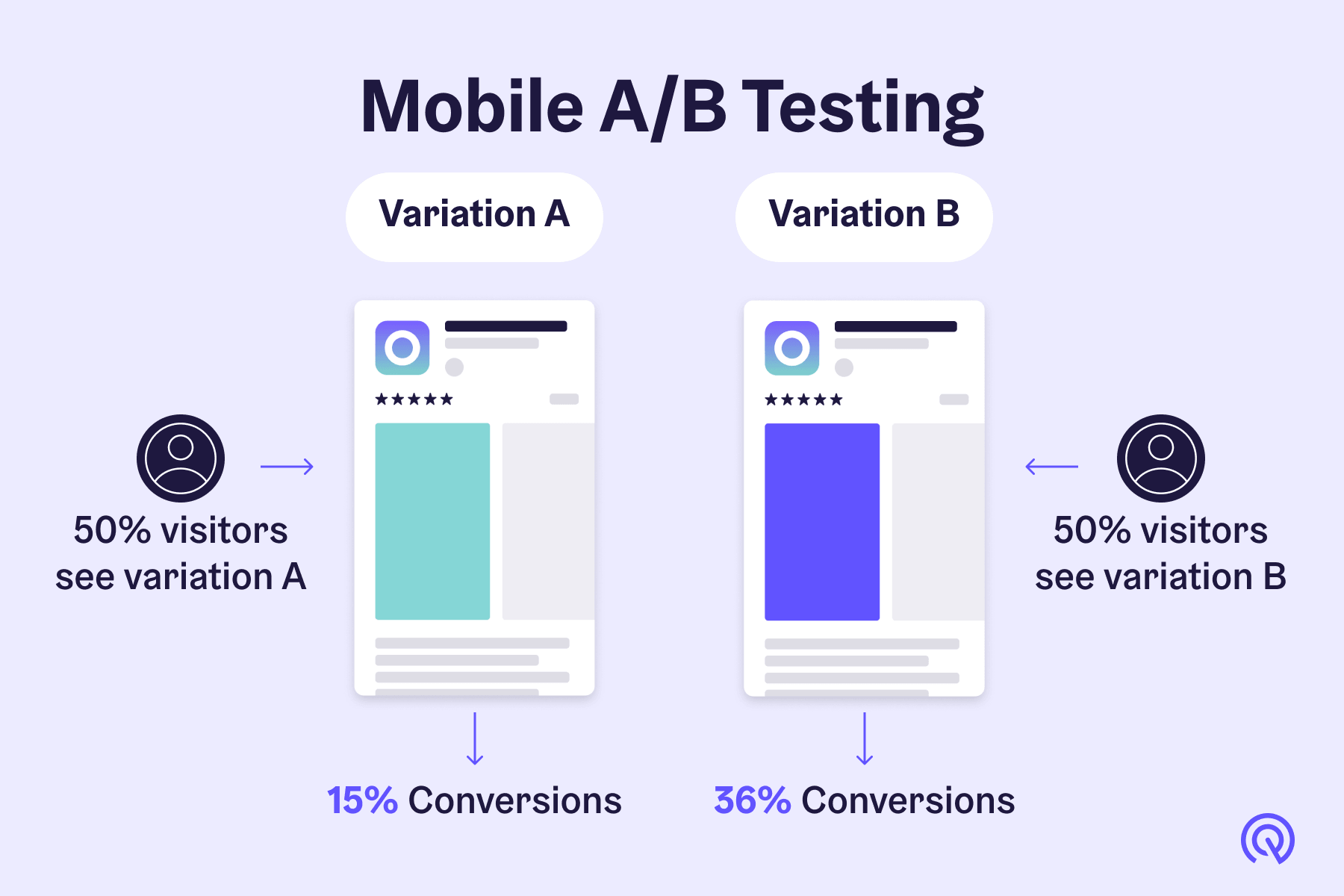AB Testing in Product Development

AB testing is a great way to understand the "voice of customer" by removing guesswork and ultimately making data-driven decisions, quickly learning (when no/ low impact) & moving to the next hypothesis to solve the user’s problem.
Benefits of AB Testing:
- Answer business questions through user’s behaviour - insight to what features matter.
- Data analytics removes the biases or assumptions - learn what works and what is failing.
- Understand the lift (Control A versus Variation B) - impact of causal data.
- Insight to clusters/ segments - group of common needs (type of usage).
- Understand the engagement rate and key pain points.
Through a dedicated focus "on user experience and preference" a shift is made from optimising metrics to a full understanding of the Online Customer Journey while improving customer experience.

AB Testing can be applied to layouts, design, banners, paid ads/ searches, new products, product enhancements.
AB Testing is when 2 or more versions of a web page are shown to different segments of website visitors at the same time and testing for positive impact on business metrics
A few metrics to monitor when doing AB Testing on websites, keeping in mind that metrics can be grouped into 'primary' and 'secondary':
- page dwell time
- number of demo requests
- cart abandonment rate
- click-through rate (CTR)
Steps to AB Testing:
- Define the business Q.
- Brainstorm ways to answer the question.
- Insight to variations.
- Define the primary metric.
- Run the test.
- Analyse the results, lift and segmentation.
- Make recommendations or actions.
- Repeat the process.
Always reiterate. It is a process and continuous feedback will result in an end-to-end journey reflective of user preferences.
For more Follow me on Medium https://medium.com/@aveshnee7
